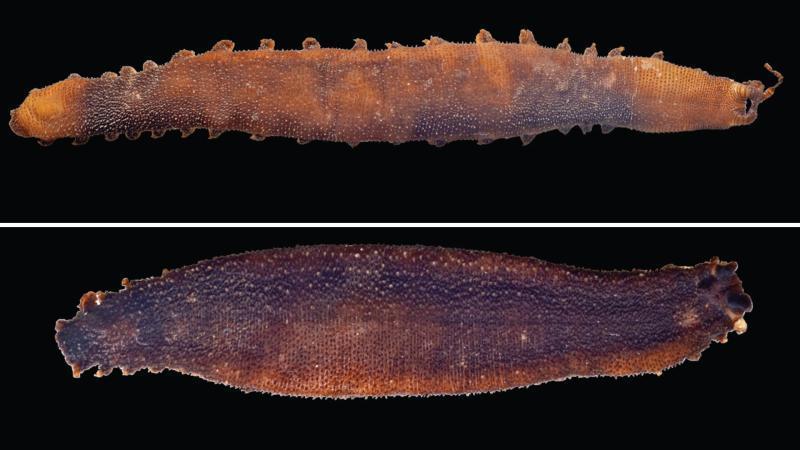
Scientists Rediscover Velvet Worm in Eastern Himalayas
Deep in the Eastern Himalayas, a team of dedicated scientists from the ATREE (Ashoka Trust for Research in Ecology and the Environment) has made a groundbreaking discovery that has sent shockwaves through the scientific community. After more than a century of being thought extinct, the Typhloperipatus williamsoni, a peculiar and fascinating velvet worm, has been rediscovered in the region. This remarkable finding not only provides a glimpse into the hidden biodiversity of the Eastern Himalayas but also sheds light on the evolutionary connections of this ancient species.
Velvet worms, also known as peripatus, are segmented worms that are characterized by their unique, velvety skin and their ability to move using a series of muscular contractions. They are found in tropical and subtropical regions around the world, but the Typhloperipatus williamsoni was once thought to be a rare and elusive species, with no recorded sightings in over a century.
The rediscovery of the Typhloperipatus williamsoni is a testament to the dedication and perseverance of the ATREE team, who have been working tirelessly to document and study the biodiversity of the Eastern Himalayas. Led by Dr. Suresh Kumar, a renowned expert in the field of ecology and conservation, the team has spent years conducting extensive surveys and research in the region, searching for signs of this elusive species.
“We were thrilled and amazed when we finally found the Typhloperipatus williamsoni,” said Dr. Kumar in an interview. “It was like discovering a lost treasure. We had been searching for so long, and to finally see this species up close was an incredible experience.”
But the significance of this discovery goes far beyond the thrill of the find. The rediscovery of the Typhloperipatus williamsoni provides valuable insights into the evolutionary history of this species and its place in the ecosystem of the Eastern Himalayas.
“Velvet worms are a fascinating group of animals that have been around for millions of years,” said Dr. Kumar. “They are a ‘living fossil’ in many ways, with many of their characteristics unchanged since the time of the dinosaurs. By studying these species, we can gain a deeper understanding of the evolutionary processes that have shaped the natural world.”
The Typhloperipatus williamsoni is also an important indicator species, providing a window into the health and biodiversity of the ecosystem. The discovery of this species suggests that the Eastern Himalayas may be home to many other previously unknown or thought-to-be-extinct species, waiting to be discovered.
“This finding highlights the importance of preserving and protecting the biodiversity of the Eastern Himalayas,” said Dr. Kumar. “These regions are often overlooked and under-protected, but they are home to some of the most unique and fascinating species on the planet. We need to take action to conserve and protect these ecosystems before it’s too late.”
The rediscovery of the Typhloperipatus williamsoni is a testament to the power of scientific research and the importance of preserving the natural world. As we continue to face the challenges of climate change, habitat destruction, and species extinction, it is more important than ever that we prioritize conservation and biodiversity.
“In an era of rapid change and uncertainty, it is heartening to see scientists like Dr. Kumar and his team making groundbreaking discoveries that shed light on the natural world,” said Dr. Raman Sukumar, a leading conservation biologist. “This finding is a reminder of the importance of preserving the natural world and the incredible diversity of life on our planet.”
The rediscovery of the Typhloperipatus williamsoni is a significant milestone in the field of ecology and conservation, and it serves as a reminder of the importance of preserving the natural world. As we continue to explore and learn more about the incredible diversity of life on our planet, it is essential that we prioritize conservation and biodiversity, protecting the species and ecosystems that are essential to the health of our planet.
Source: https://researchmatters.in/news/century-later-himalayan-velvet-worm-walks-again






